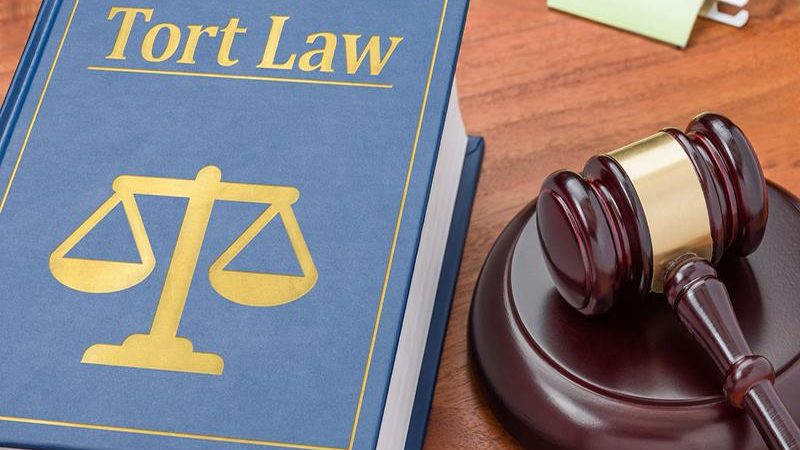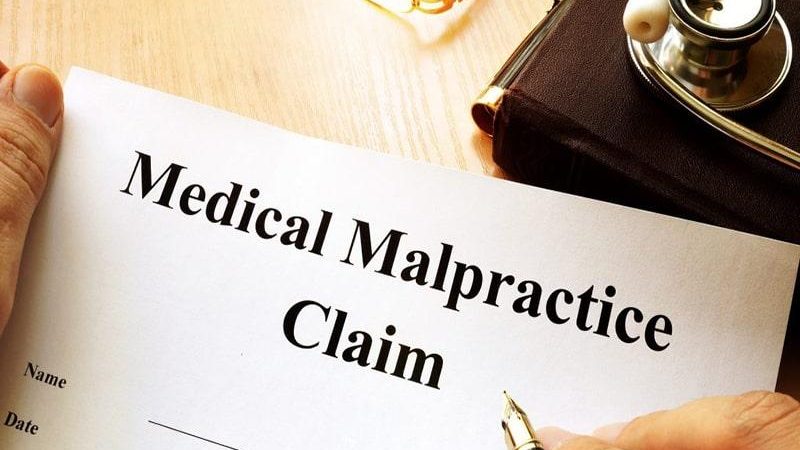Can someone be civilly liable for intentional misconduct?
Find out about some of the “intentional” torts In a previous post, we explored the concept of negligence – civil wrongdoing, for which there is not necessarily an intention to do wrong on the part of the defendant, that causes damage. But tort law, the area of law about compensation for civil wrongdoing, also contains another major category of individually named or nominate torts (aka intentional torts) which do provide compensation based on proof of civil wrongdoing intended by the defendant. Many of the activities that are addressed by the intentional torts are also criminalized. For example, there is a…
Read More









